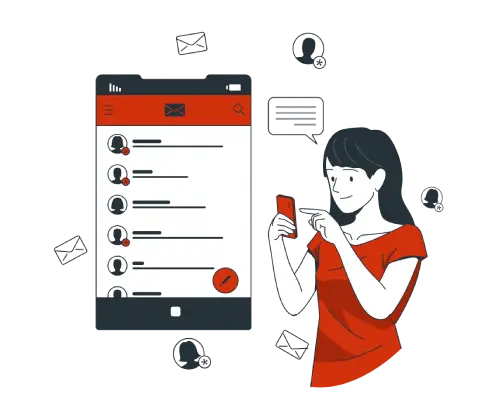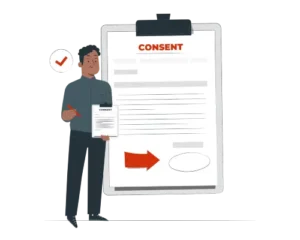Applications are an integral part of our daily lives. Whether it’s communicating with colleagues via tools like Microsoft Teams, managing emails with Outlook, or jotting down ideas in OneNote, applications streamline our tasks and make life more efficient.
However, creating these applications isn’t as straightforward as using them. Historically, developing custom applications was a resource-intensive process, requiring expert developers, extended timelines, and substantial budgets.
But the rise of low-code/no-code platforms has revolutionized app development, making it accessible to a broader audience. Among these platforms, one stands out as a leader: Microsoft Power Apps.
In this blog, we’ll explore:
- What Microsoft Power Apps is,
- Its key benefits and features, and
- Real-world examples of how businesses are leveraging it for success.
What is Microsoft Power Apps?
Let’s first understand what is Microsoft Power Apps.
Imagine having a box of colourful building blocks. You can use these blocks to create anything—maybe a house, a car, or even a rocket ship. Microsoft Power Apps works similarly but instead of building toys, you use it to create functional, custom applications without needing extensive coding expertise.
In simpler terms, Power Apps is a low-code platform designed for rapid app development. It’s a cornerstone of the Microsoft Power Platform, which also includes tools like Power BI for data analytics, Power Automate for workflow automation, and Power Virtual Agents for AI-driven chatbots.
With Power Apps, businesses and individuals can design powerful applications by simply dragging and dropping components, integrating data, and leveraging pre-built templates.
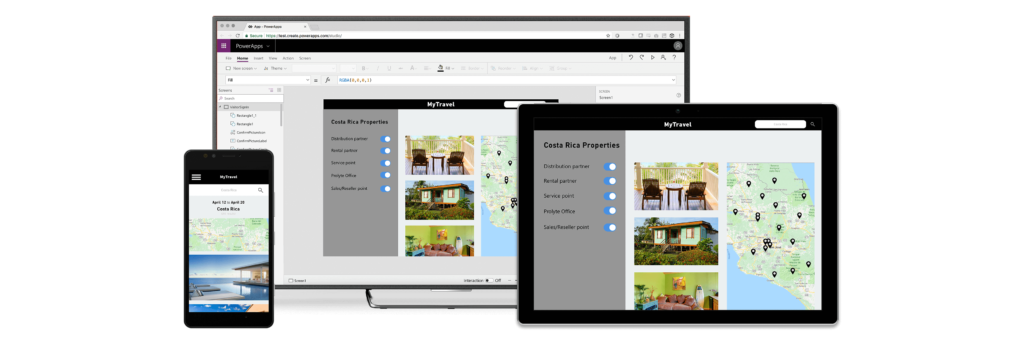
Key Features of Power Apps
Microsoft Power Apps packs a range of features that make app development not only faster but also more intuitive:
1. Drag-and-Drop Interface
Its user-friendly interface allows you to easily assemble app components like buttons, forms, and text fields without needing technical expertise.
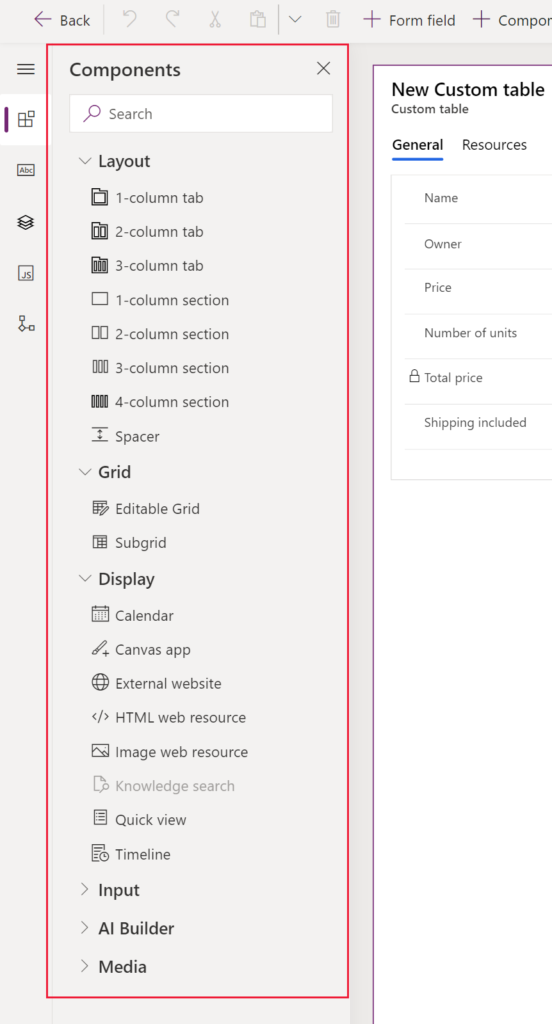
2. Seamless Integrations
Power Apps integrates effortlessly with Microsoft’s ecosystem, including Office 365, Dynamics 365, Azure, and SharePoint, as well as over 800 external data sources such as Salesforce, SAP, and Oracle.
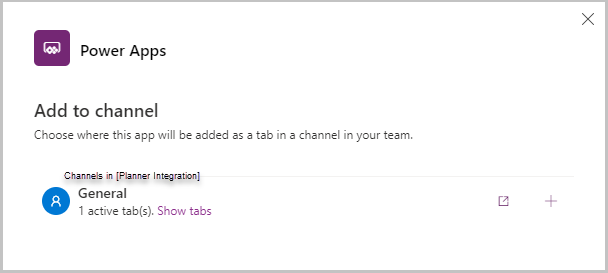
3. AI-Driven Capabilities
With AI Builder, you can add advanced features like text recognition, object detection, and predictive modelling to your applications—all without writing code.
4. Pre-Built Templates
Accelerate app development with pre-designed templates for tasks like customer feedback forms, expense trackers, and inventory management systems.
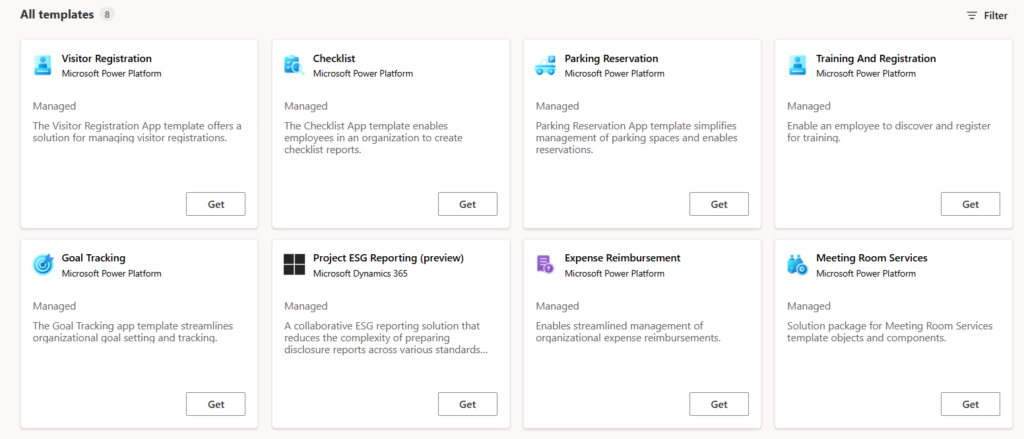
5. Cross-Platform Compatibility
Apps created with Power Apps are automatically optimized for web and mobile platforms, ensuring a seamless user experience across devices.
Why Businesses Should Consider Microsoft Power Apps
If you’re wondering, “How can my business benefit from Power Apps?”, here are some compelling reasons:
1. Cost-Effectiveness
Traditional app development often involves high costs for hiring developers and maintaining infrastructure. Power Apps allows your in-house team to build applications at a fraction of the cost.
Microsoft’s report say that businesses using Power Apps saved 70% on development costs compared to traditional methods.
2. Faster Time-to-Market
With its low-code framework, apps can be developed and deployed in days or weeks, not months. For example, a marketing team could quickly create a lead-tracking app for a campaign without relying on IT.
3. Scalability for All Business Sizes
Whether you’re a startup creating a simple tool or an enterprise developing a complex solution, Power Apps can scale to meet your needs.
4. Empowers Collaboration
By enabling non-technical users (citizen developers) to build apps, Power Apps bridges the gap between business teams and IT, fostering better collaboration to solve challenges faster.
5. Proven ROI
A Microsoft’s report says a 188% return on investment (ROI) for companies adopting Power Apps, with payback periods of less than six months.
Types of Apps Businesses Can Build Using Power Apps
Power Apps provides unmatched flexibility in building diverse solutions. Below are some detailed examples:
1. Employee Onboarding Apps
The onboarding process is critical to integrating new employees into the company culture while ensuring compliance with HR policies. Manual onboarding processes often result in inefficiencies, delays, and frustration for both HR teams and new hires.

Features
- Centralized Portal: Consolidates training materials, HR policies, and mandatory forms in one place.
- Progress Tracking: Allows HR to monitor the completion of onboarding tasks such as form submissions, training sessions, and compliance requirements.
- Automated Notifications: Sends reminders to new hires about pending tasks like submitting identification documents or completing mandatory e-learning modules.
Benefits
- Reduces manual effort for HR teams.
- Enhances the onboarding experience for new employees.
- Improves compliance and reduces missed tasks.
2. Inventory Management Systems
For businesses in retail, manufacturing, or logistics, managing inventory is crucial to avoid overstocking or shortages. Power Apps can simplify this complex process by offering a centralized system for tracking stock levels and managing supply chains.
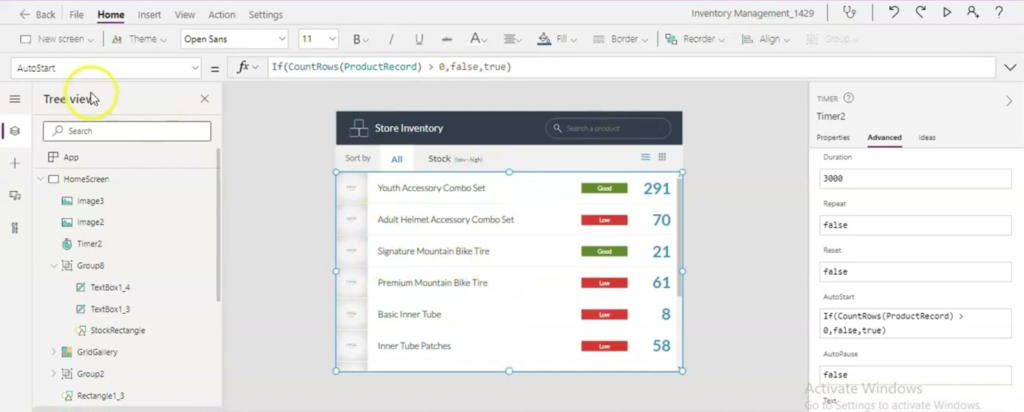
Features
- Real-Time Inventory Tracking: Provides up-to-date information on stock levels across warehouses or store locations.
- Barcode Scanning Integration: Enables quick stock updates by scanning barcodes using a smartphone camera.
- Stock Alerts: Automatically notifies teams when stock reaches minimum levels.
- Supplier Management: Tracks supplier details, delivery timelines, and purchase orders.
Benefits
- Reduces inventory carrying costs by optimizing stock levels.
- Prevents stockouts and overstocking, improving operational efficiency.
- Streamlines warehouse operations.
3. Customer Feedback Apps
Understanding customer satisfaction is essential for driving business growth. With Power Apps, companies can create interactive feedback apps to gather and analyse customer insights efficiently.
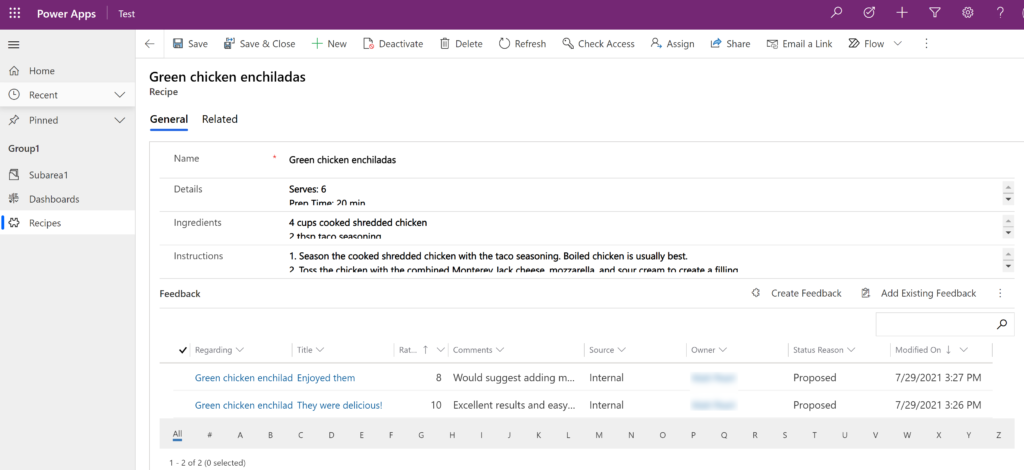
Features
- Customizable Feedback Forms: Allows businesses to design surveys that collect ratings, comments, and suggestions.
- Integration with Power BI: Displays feedback trends and insights in visually compelling dashboards.
- Anonymous Feedback Option: Encourages honest feedback by enabling anonymity.
- Automated Follow-Up Emails: Sends thank-you emails or follow-up queries based on customer responses.
Benefits
- Enhances customer engagement by showing that feedback is valued.
- Helps identify areas of improvement for products or services.
- Reduces reliance on third-party survey tools.
4. Field Service Solutions
Field service teams, such as technicians, inspectors, or maintenance workers, need real-time access to tools and information while on the move. Power Apps empowers these teams with mobile solutions tailored to their specific workflows.
Features
- Task Assignment and Scheduling: Assigns jobs to field staff based on their location or expertise.
- GPS Integration: Helps locate service sites and provides route optimization.
- Offline Access: Allows field agents to log data even without internet connectivity, syncing it once they reconnect.
- Photo and Signature Capture: Enables technicians to upload photos of completed work or collect digital signatures from clients.
Benefits
- Increases productivity by reducing administrative delays.
- Enhances customer satisfaction through faster issue resolution.
- Reduces paperwork and manual data entry.
5. Expense Tracking Applications
Managing employee expenses can be a tedious process, involving manual receipts, spreadsheets, and email trails. Power Apps can automate this workflow, ensuring faster processing and fewer errors.
Features
- Expense Submission Forms: Allows employees to upload receipts, categorize expenses, and input amounts directly into the app.
- Approval Workflow Automation: Routes expense claims to managers for approval via Power Automate.
- Real-Time Expense Dashboards: Offers visibility into expenses by category, department, or individual.
- Policy Compliance Alerts: Flags expenses that exceed company limits or fall outside policy guidelines.
Benefits
- Saves time for both employees and finance teams.
- Ensures compliance with expense policies.
- Reduces errors and improves financial transparency.
6. Event Management Apps
Managing events, whether internal or external, requires coordination across multiple teams. Power Apps simplifies event management by providing a central platform to handle registrations, schedules, and attendee engagement.
Features
- Registration Forms: Collects participant details and preferences through customizable forms.
- Agenda and Scheduling: Displays event schedules, speaker details, and session links.
- Notifications and Reminders: Sends automated event updates or session reminders.
- Feedback Collection: Enables post-event surveys to measure attendee satisfaction.
Benefits
- Enhances attendee experience with clear communication.
- Reduces the complexity of managing large-scale events.
- Provides valuable post-event insights.
7. Sales and CRM Applications
Sales teams often struggle with managing customer interactions, tracking leads, and updating CRM tools. Power Apps can create lightweight CRM solutions to streamline these processes.
Features
- Lead Tracking: Captures and organizes potential customer information.
- Pipeline Management: Visualizes the sales funnel and tracks deal progress.
- Integration with Dynamics 365: Syncs seamlessly with Microsoft’s CRM tool for extended functionality.
- Custom Reports: Generates reports on sales performance and forecasts.
Benefits
- Helps sales teams stay organized and focused.
- Provides actionable insights into customer behaviour and preferences.
- Reduces reliance on costly third-party CRM software.
Real-World Examples of Power Apps Success
Now that we’ve explored how you can leverage Power Apps, let’s dive into some real-world examples and success stories.
Case Study 1: Virgin Atlantic
Virgin Atlantic, a globally recognized airline, faced challenges with managing ground operations. Processes like handling delayed flights, tracking ground crew activities, and ensuring seamless communication were largely manual, leading to inefficiencies.
How Power Apps Helped
Virgin Atlantic developed a series of Power Apps tailored to their ground operations:
- Ground Crew App: Provided real-time updates on flight statuses and crew assignments.
- Task Management: Allowed managers to assign tasks to crew members based on their proximity and availability.
- Incident Reporting: Enabled staff to report and resolve issues such as equipment malfunctions or delays instantly.
Impact
- 15% Improvement in Operational Efficiency: Automation of manual processes reduced delays and improved task completion times.
- Enhanced Employee Productivity: The intuitive interface empowered ground crew to stay organized and focused on critical tasks.
- Real-Time Collaboration: Integration with Microsoft Teams ensured seamless communication among crew members.
Virgin Atlantic’s success underscores how Power Apps can transform complex operational processes into streamlined workflows.
Case Study 2: G&J Pepsi
G&J Pepsi, one of the largest independent Pepsi bottlers in the United States, relied on manual data collection methods to monitor vending machine performance. This approach was not only time-consuming but also prone to errors.
How Power Apps Helped
The company built a Power App to automate field operations for its service technicians:
- Real-Time Monitoring: The app allowed technicians to log vending machine performance data directly into the system.
- Automated Reporting: Integrated Power BI dashboards provided managers with insights into machine health and sales performance.
- Offline Functionality: Technicians could collect data even in areas with poor connectivity, syncing updates when back online.
Impact
- 20% Reduction in Downtime: Proactive monitoring helped technicians address issues before they escalated.
- Improved Data Accuracy: Eliminating manual processes reduced errors in data collection and reporting.
- Faster Decision-Making: Managers gained actionable insights in real time, allowing for better resource allocation.
This success story highlights how Power Apps can optimize field service operations, enhancing efficiency and customer satisfaction.
Integrating Power Apps with Other Microsoft Tools
The true power of Power Apps lies in its integrations with other Microsoft services:
- Power Automate: Automates workflows triggered by Power Apps, such as sending email alerts or updating databases.
- Power BI: Analyses and visualizes data captured in Power Apps, enabling better decision-making.
- Microsoft Teams: Embeds apps directly into Teams channels, creating a central hub for collaboration and efficiency.
Conclusion
Microsoft Power Apps is transforming how businesses approach application development. By enabling faster development, reducing costs, and fostering innovation, it empowers organizations to tackle challenges head-on in a rapidly evolving digital world. From simple workflows to enterprise-grade solutions, the possibilities with Power Apps are endless.
Start exploring Power Apps today and redefine what’s possible for your business!

